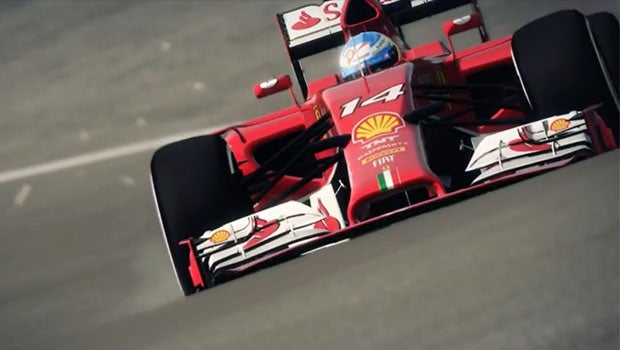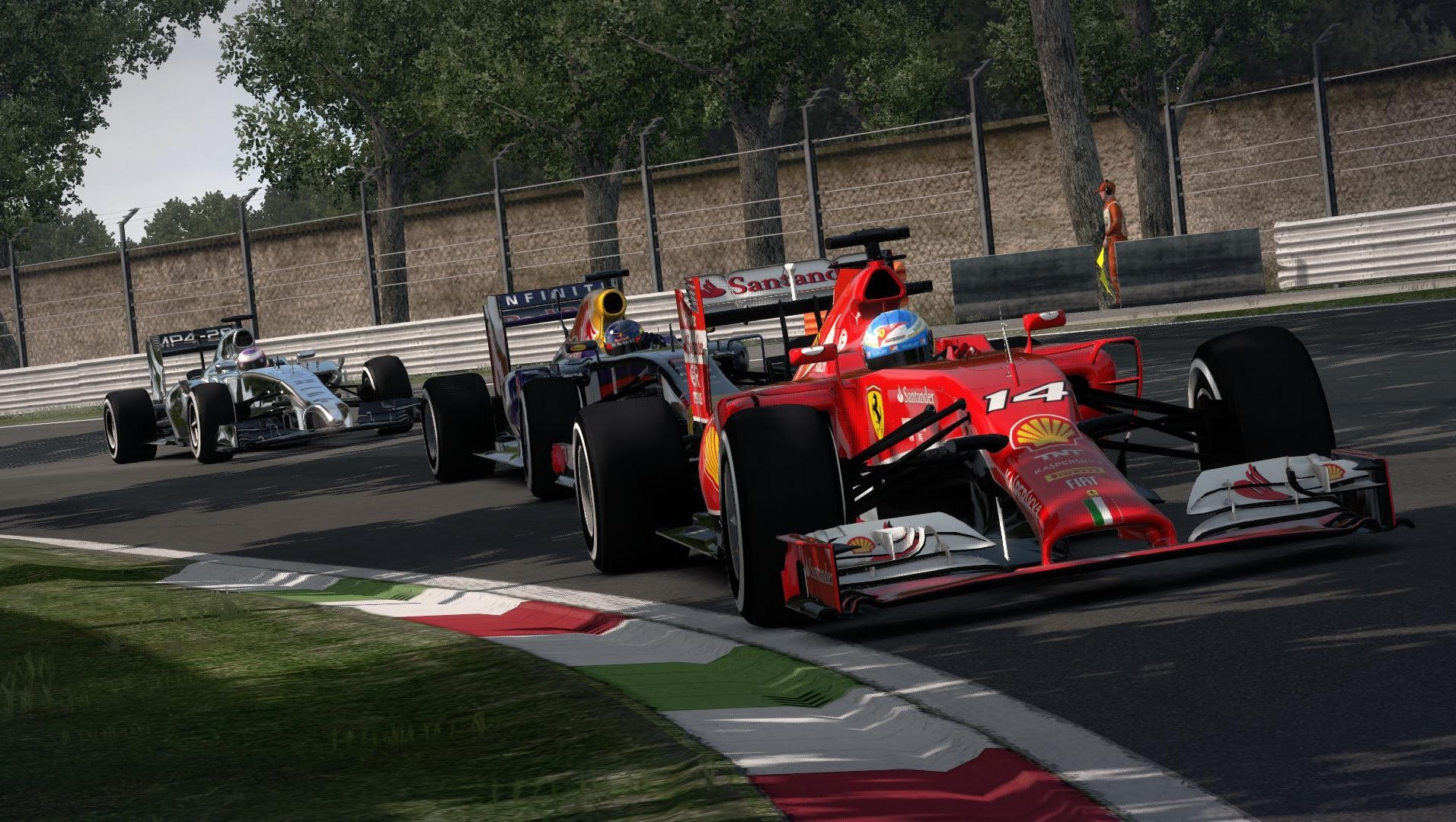

- #Codemasters f1 2014 review driver
- #Codemasters f1 2014 review Ps4
- #Codemasters f1 2014 review series

#Codemasters f1 2014 review driver
Getting performance out of a dying set of wet-weather tires for a crucial couple of extra laps, then switching onto high-performance slick tires just as the track dries off, and going on a tear through the field is one of those moments where you feel like you know what it is to be an F1 driver - if only for a few minutes. I've had epic races in changing weather conditions where I was forced to adjust my driving style on the fly to make new tire strategies work.

Still, fuel economy and tire wear keep things interesting on the track, to the point where I strongly recommend doing longer races (25% length or higher). That's a pretty major thing to be missing from an F1 sim, where the cars are all about aerodynamic downforce. Racing in close proximity to other drivers, in turbulent air, doesn't feel substantially different from being alone in clear air. I felt like I was getting as much out the throttle and steering controls as I would with a racing wheel.Īerodynamic modeling doesn't seem nearly as good, however. The rock-solid PlayStation 4 controller helps bring this to life, too, with an incredible level of granularity in the controls. Tire degradation and grip are modeled better than ever before in the series, and that can make for some very special racing that tests every aspect of your race craft.
#Codemasters f1 2014 review Ps4
F1 2015 is a pretty great drive on PS4 (notably better than the PC version) - it may lack the features of previous versions, but it offers also some extraordinarily authentic driving on the track. More importantly, the performance was very smooth throughout my time on the PS4. To start with, it's a sharp-looking game, with gorgeous, lifelike cars and convincing lighting that changes with the weather (and without the soft-focus look that made the PC version so disappointing).
#Codemasters f1 2014 review series
Where possible the teams will try and accommodate our requirements, performing a series of plans to allow us to capture the best quality and range of audio possible.That's the bad news, and while it’s a big downer that makes F1 2015 tougher to recommend than its predecessors, there's also quite a bit of good to talk about. Working closely with the teams we’re able to get access to the cars at the pre-season tests. Capturing the audio is a very complex task due to the lack of places to attach the microphones and store the recording equipment, no matter how compact it is. Once we’re happy with the drive of the initial base car we start to add in the individual balance aero properties for each of the teams, giving them all their own unique strengths and weaknesses based on the performance and characteristics we see from each of the races. In terms of animation of the suspension what you see is what is happening in the physics, there are no visual modifiers, it’s all pure physics. Next comes a balancing act between aero and suspension, making sure the ride heights and suspension travel work correctly. From here we take the information we receive from the teams and know from the technical regulations and begin to set up the suspension and engine power and torque curves. We then add in the weight, centre of mass and calculate the inertia properties. This is taken from the physical model with the chassis dimensions modelled correctly. First we start with the basic layout of the chassis.


 0 kommentar(er)
0 kommentar(er)
